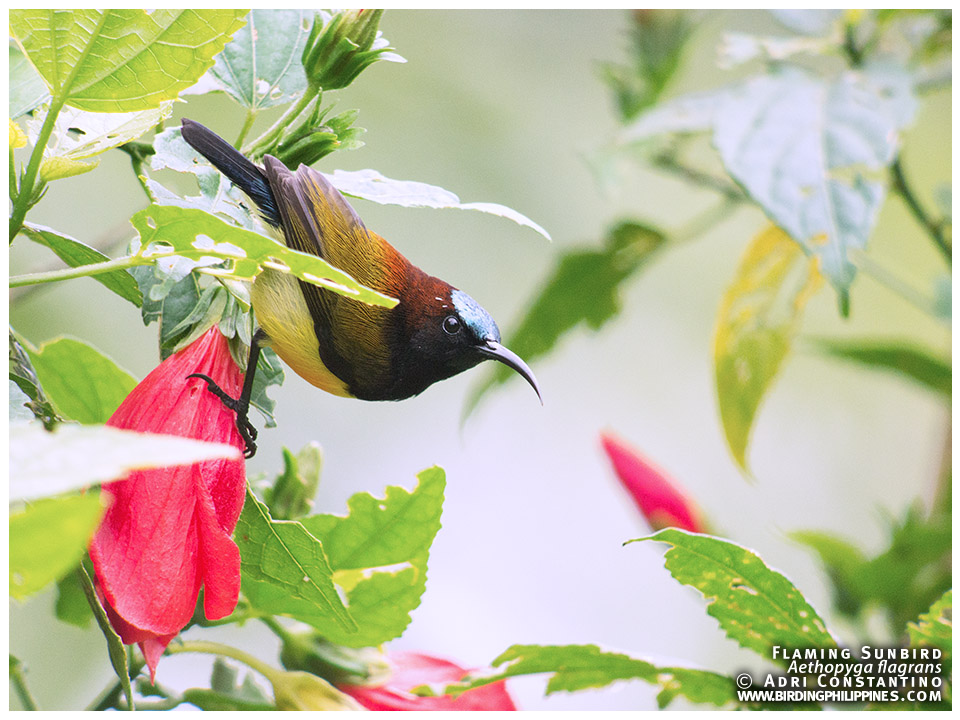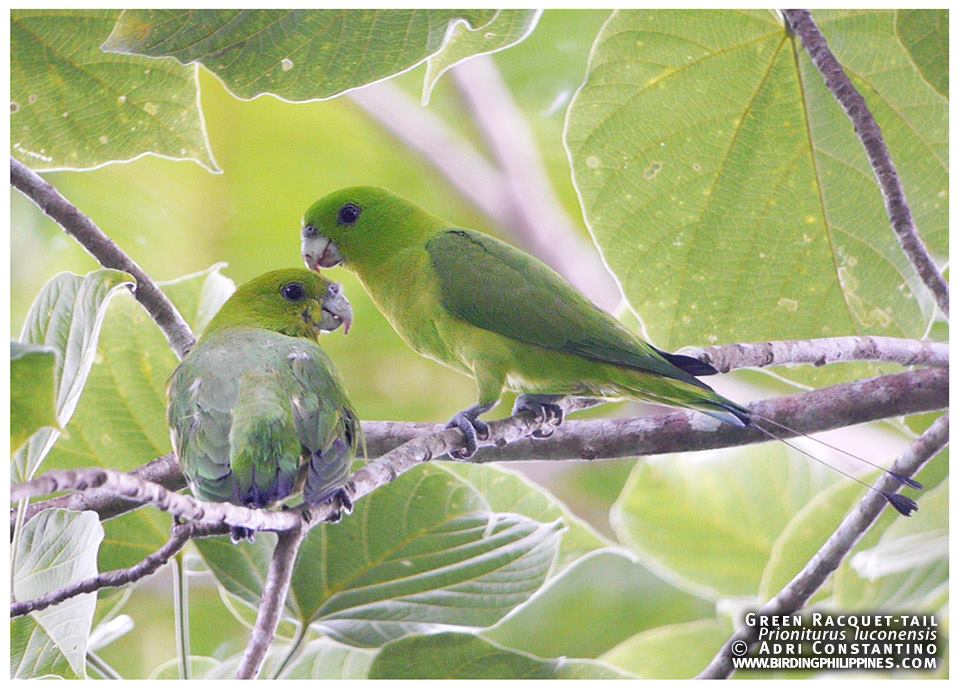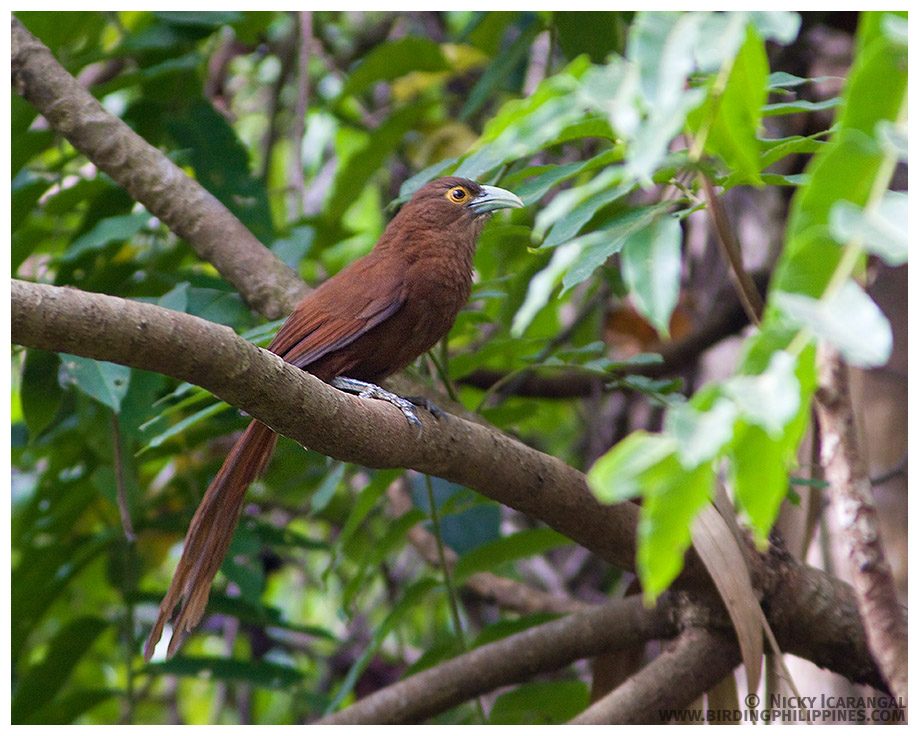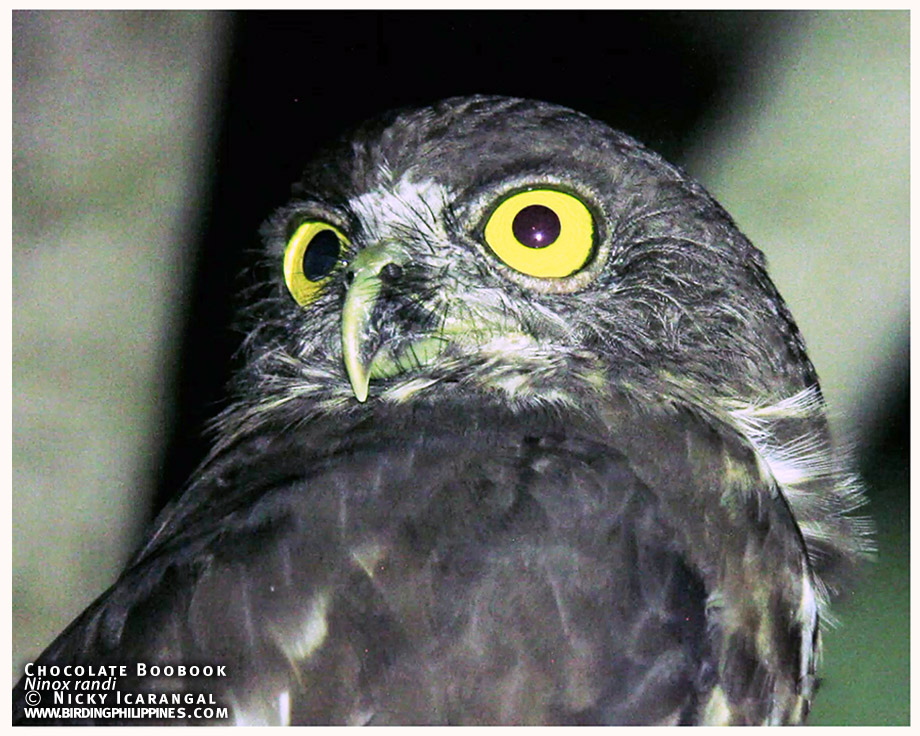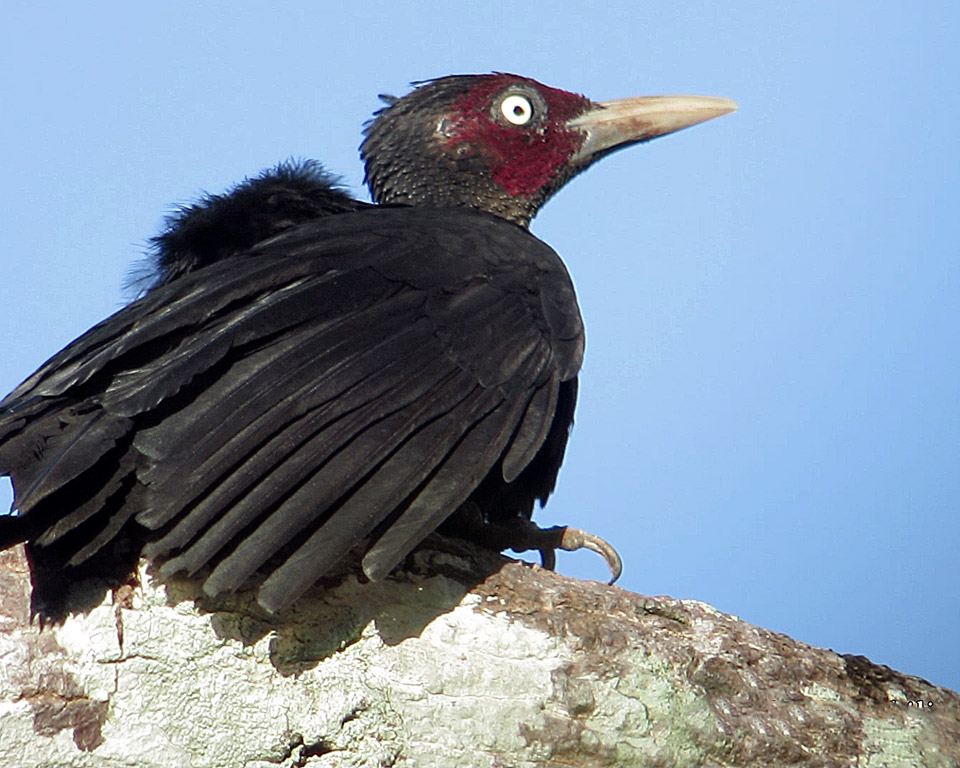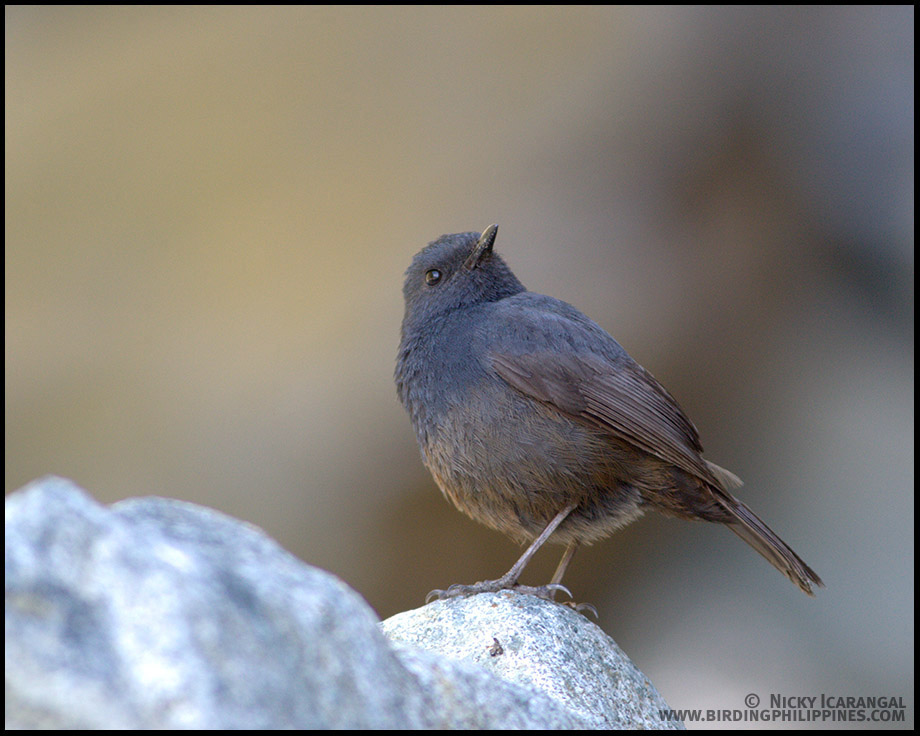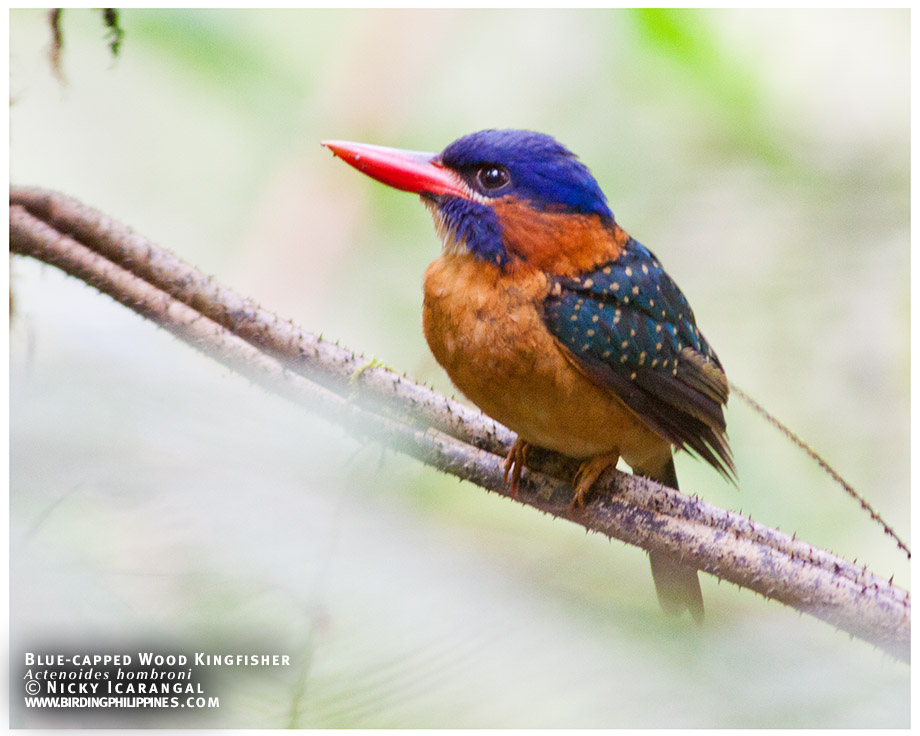Maroon-naped Sunbirds [HD]
Check out the feather details on these Maroon-naped Sunbirds, Aethopyga guimarasensis digiscoped in Balinsasayao-Danao Twin Lakes during one of our birding tours this year.
The Maroon-naped Sunbird is a Guimaras, Negros and Panay endemic inhabiting the lowlands up to 1350 m. It is characterized by the fiery (thus flaming) orange splashes on its yellow belly. It was a windy and foggy morning when we were digiscoping these sunbirds in Lake Balinsasayao, Negros but the sweet and newly-blossomed hibiscus flowers were so tempting, the active little birds did not mind the wind, the fog and the birders oooh-ing and aaah-ing just a few meters from them.
Maroon-naped Sunbird, Aethopyga guimarasensis
(Formerly Flaming Sunbird, Aethopyga flagrans)
January 2013, Balinsasayao-Danao Twin Lakes, Dumaguete, Negros Oriental, Philippines

